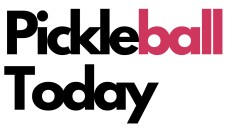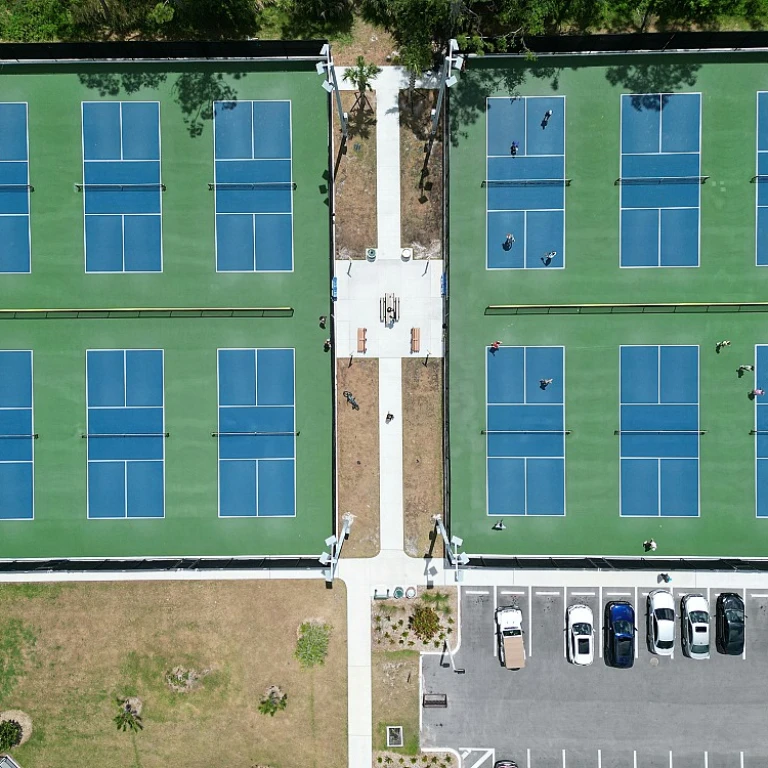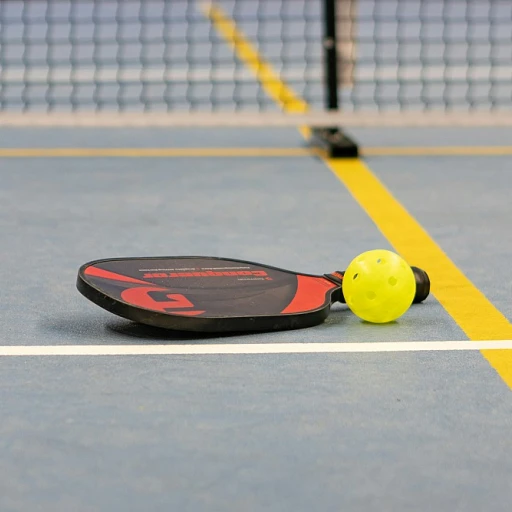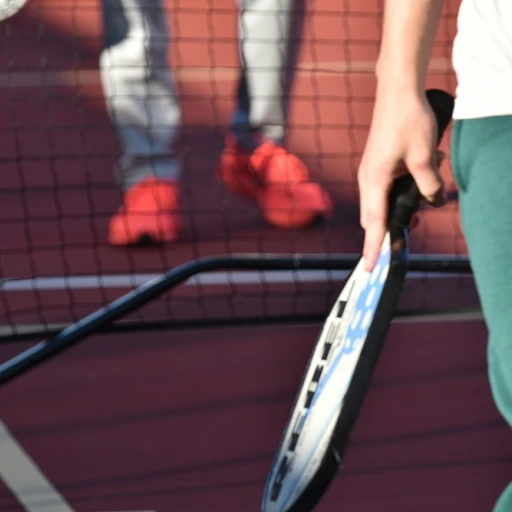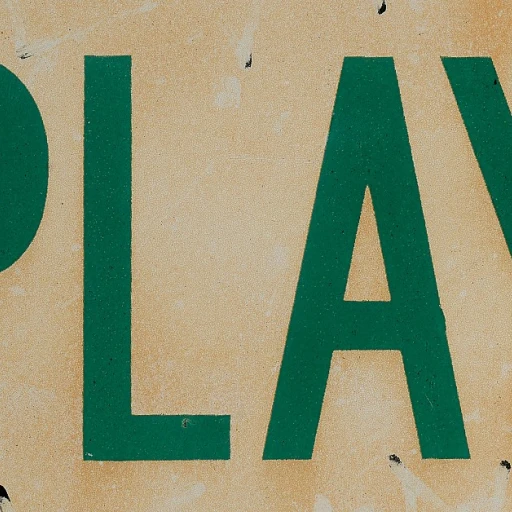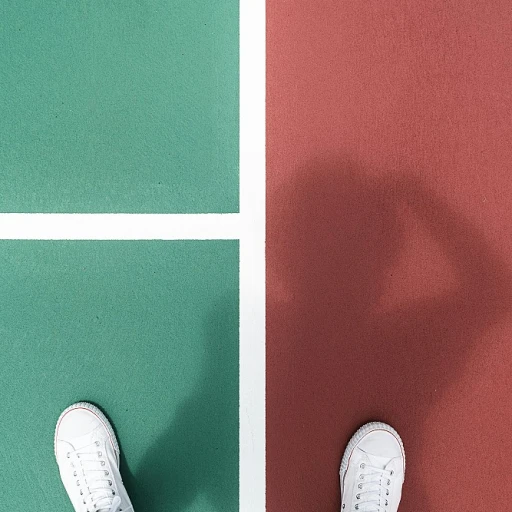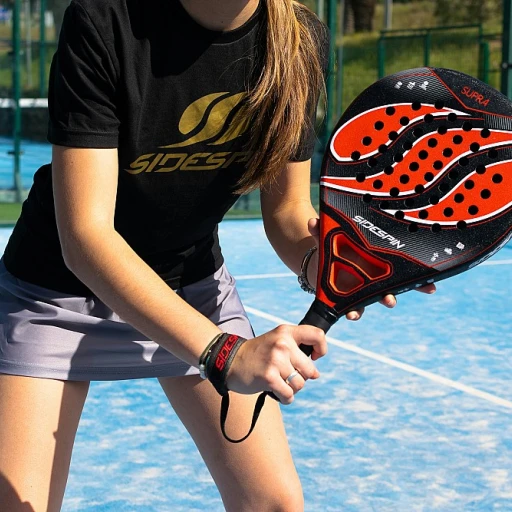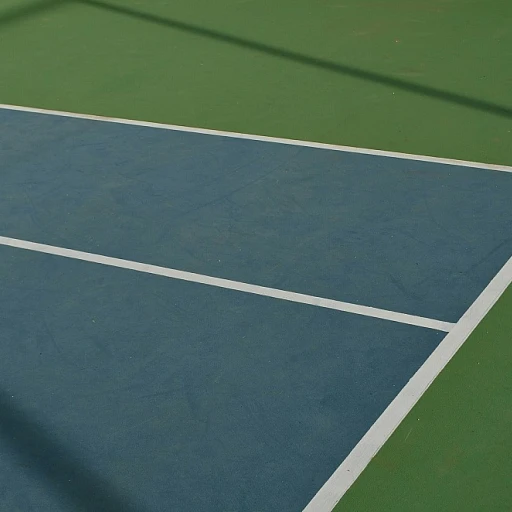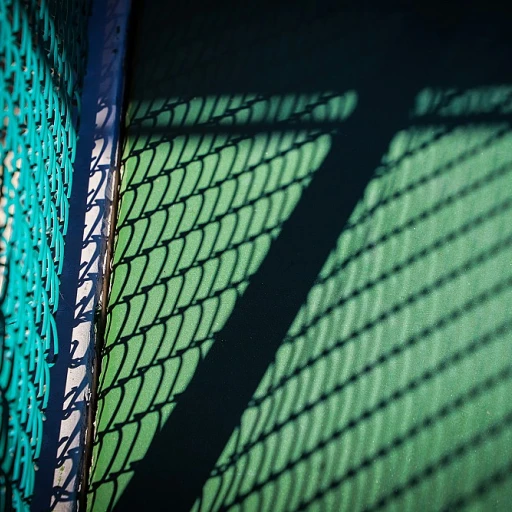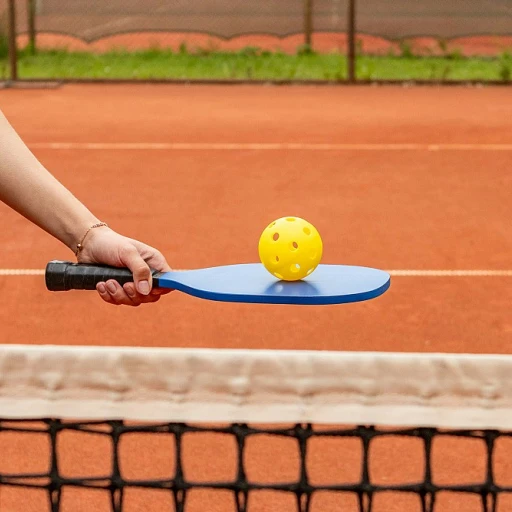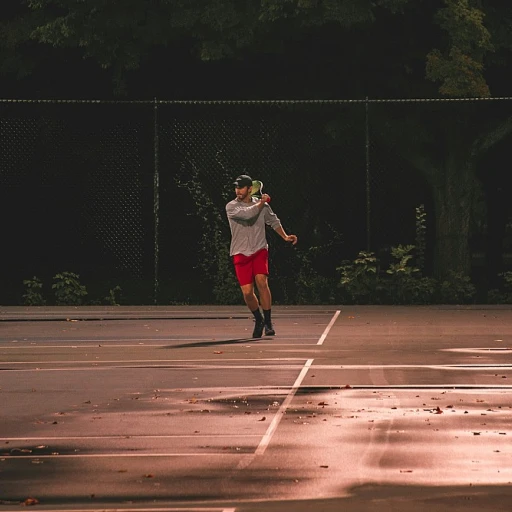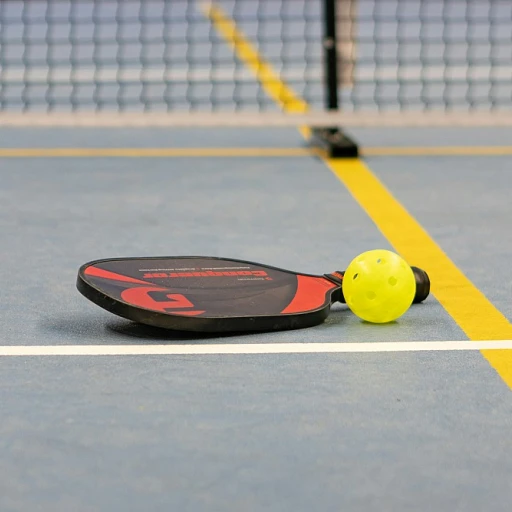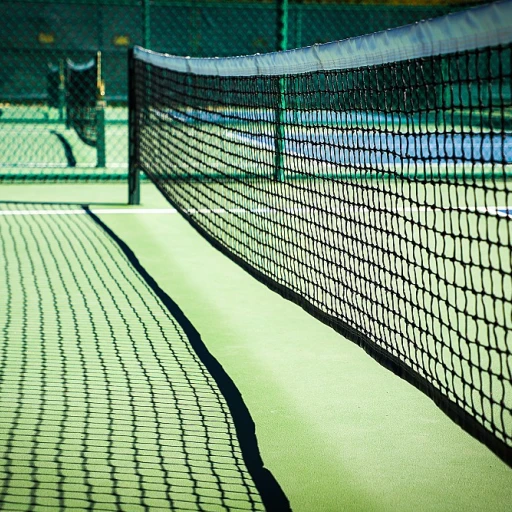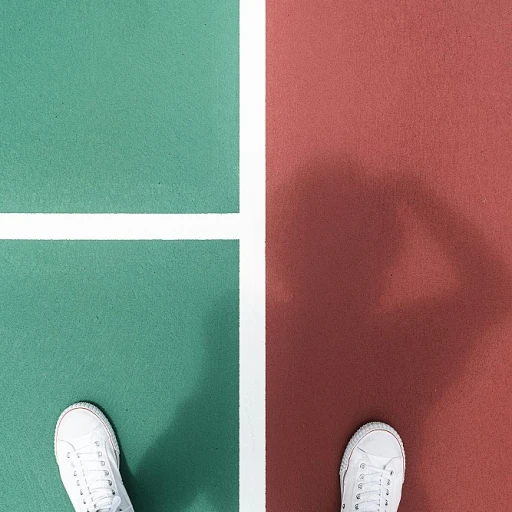
Factors Influencing Pickleball Court Installation Costs
Key Factors Impacting Costs of Pickleball Court Installation
When planning to build a pickleball court, several factors come into play that significantly affect the total cost. Understanding these factors can help in effective budgeting and decision-making.- Location and Site Preparation: The choice of location and the extent of site preparation required will be foundational in determining costs. Flattening the ground, removing debris, and preparing a suitable base layer form part of this crucial initial stage.
- Size and Layout: Standard pickleball courts differ in size but typically measure 20 by 44 feet. Larger or custom designs could result in increased costs due to additional material and labor requirements.
- Surface Material: The choice of surface material such as asphalt, concrete, or sport court tiles will impact the court cost. Different materials offer varying playing experiences and durability, thus affecting maintenance and long-term costs.
- Indoor vs. Outdoor Construction: Whether the court is indoors or outdoors will influence expenses. Indoor pickleball courts require controlled environments, adding to construction and facility costs.
- Additional Features: Amenities such as lighting, fencing, and seating can further influence the building pickleball project costs. These features enhance the player's experience but come with additional construction and maintenance demands.
Choosing the Right Surface Material
Evaluating the Right Playing Surface for Your Pickleball Court
When planning to build pickleball courts, selecting the appropriate surface material significantly influences both the court's performance and the overall cost. The choice between materials like asphalt or concrete affects not just the initial expense but also the playing experience and maintenance requirements. Key factors to consider when choosing a court surface include:- Usage Frequency: How often the court will be used is critical. Regular usage could warrant a more durable material, which might increase the up-front expenses but could lower total costs over time because of reduced maintenance needs.
- Location: Outdoor vs. indoor pickleball courts present different challenges. Outdoor courts demand materials that can withstand weather conditions, whereas indoor courts need materials compatible with the existing facility structure.
- Player Experience: The surface type impacts the game's speed and bounce. Many prefer the consistency of a concrete surface, comparable to a tennis court, though it may be more costly to install.
- Long-term Costs: Consider the longevity and maintenance costs associated with each surface. While asphalt might be cheaper initially, concrete can offer improved durability and a smoother playing surface, potentially balancing out the higher initial costs.
Labor and Construction Considerations
Labor and Construction Considerations
When it comes to building pickleball courts, labor and construction are significant factors that influence the overall cost. The complexity of the construction greatly depends on the playing surface and location, and particularly whether the court is indoor or outdoor.
For outdoor courts, site preparation is crucial. This can involve grading, clearing, and leveling the ground, with the costs varying based on the terrain. A smooth and even foundation is essential for ensuring a durable court.
Concrete and asphalt are popular choices for the court surface due to their longevity and low maintenance. Concrete surfaces offer durability, which can reduce long-term costs, but they might initially be more expensive than asphalt. Asphalt, on the other hand, can be a less expensive alternative, though it may require more maintenance over time.
The next step involves installing a pickleball net system and additional fencing if necessary. This is where selecting high-quality materials ensures longevity and minimizes future replacement costs.
Indoor pickleball facilities have additional considerations such as lighting and climate control systems, which can significantly increase total costs. Depending on the size and foot layout, you might also consider investing in soundproofing materials to enhance the playing experience.
Finally, labor costs should be factored into the budget. Engaging professional contractors who have experience in court construction is advisable to ensure quality craftsmanship and compliance with any regional facility regulations.
In summary, proper planning and understanding of labor and construction elements are crucial for any pickleball project, impacting its overall cost and future maintenance demands.
Maintenance and Long-term Costs
Maintaining Your Pickleball Court for the Long Run
Once you've navigated through choosing your court's surface and construction, maintaining your pickleball court becomes crucial to ensure longevity and value for your investment. Regular upkeep can prevent extensive repair costs and extend the life of your court, offering a good return on the initial installation costs.
Firstly, the choice of surface material directly affects maintenance needs. Whether you opt for asphalt or concrete, each material requires specific care to resist wear and tear, especially with frequent play. Ensuring a consistent playing surface means addressing cracks promptly and sealing the surface when necessary, which are common tasks for an outdoor court.
Proper maintenance isn't only limited to the surface; the net system must also be cared for to ensure fair play. Regular inspections and adjustments will help ensure the net is at the correct height, which can prevent game disruptions and potential safety hazards.
Lighting is another consideration, especially for an indoor pickleball facility. Regular checks to replace any burnt-out bulbs or fixtures will maintain the quality of play and safety during evening games. Additionally, keeping the court clean and clear of debris is vital for both indoor and outdoor courts. Regular sweeping and removal of fallen leaves or other detritus will help preserve the court surface.
Speaking of costs, when planning for the long term, consider the budget for ongoing maintenance within your initial cost projections. A well-maintained court will not only last longer but effectively reduce the total cost of ownership over time. Whether you're operating a personal court or a community sport court, these considerations can significantly influence your overall investment.
Budgeting for Additional Features
Enhanced Features and Amenities
When planning to build pickleball courts, considering additional features that can elevate the playing experience is essential. Integrating specific amenities can impact the cost, yet they can also offer substantial long-term benefits.
- Lighting: For those planning indoor or outdoor use during varying times of the day, lighting is crucial. It extends playing hours and adds to the court's functionality. Whether LED systems or more sophisticated options, lighting choices will influence the total cost.
- Fencing: Including fencing around your court will enhance safety and security, preventing lost balls and maintaining a controlled play area. Materials like chain-link or composite options vary in price, affecting the overall build costs.
- Seating and Spectator Areas: Considering benches or a designated viewing area can make the facility more welcoming. These additions contribute to the facility's appeal, particularly for tournaments or community events.
- Additional Sport Markings: If integrating a multi-use surface, consider additional line markings for tennis or other sports. Doing so can maximize utility, especially for private facilities or community centers, albeit with a slightly higher court cost.
- Shelters and Shade: Adding shaded areas or small shelters is beneficial, especially in sunnier climates. These features provide comfort for players and onlookers, augmenting the facility's amenities.
While these features can initially seem extraneous, carefully evaluating them alongside basic installation costs offers a complete picture. Integrating select options can transform standard courts into premium facilities, enhancing appeal and frequent use. As detailed in other sections, labor, material selection, and site preparation significantly influence construction planning. Balancing these essentials with optional enhancements ensures a rounded budgeting approach for those investing in building pickleball courts.
Financing and Cost-saving Tips
Ways to Finance Your Pickleball Court Project
When considering building pickleball courts, understanding the financial aspect is crucial. Whether you're planning for an indoor pickleball facility or an outdoor court, the total cost can add up quickly, depending mainly on factors like court surface materials and construction techniques. However, there are several strategies you can explore to make the process more financially manageable.
- Personal Savings: The most straightforward approach is to utilize personal savings. This eliminates the need for loans or financing, thereby avoiding interest payments.
- Bank Loans: For significant expenditures like court construction, you might consider taking out a bank loan. Banks often offer competitive rates for construction projects, but ensure you understand the repayment terms.
- Grants and Subsidies: Some community programs and local governments provide grants or subsidies for sports facilities. It's worth researching if there are any such opportunities in your area.
- Partnerships: Consider partnering with local clubs or organizations. This can help in sharing the court costs and may also provide maintenance and operational assistance.
- Crowdfunding: If your community is passionate about pickleball, a crowdfunding campaign could raise a significant portion of your budget. Engaging future users can also help in creating a sense of community ownership.
Cost-saving Tips for Your Pickleball Court
Beyond financing, employing cost-saving measures during the build can considerably reduce the overall expenses. These include:
- Site Selection: Opt for a location that requires minimal site preparation, which can save on construction costs substantially.
- Material Choices: Choosing the right surface material is key. For instance, asphalt or concrete are typical choices, but each has a different price point and durability.
- DIY Elements: If feasible, consider DIY touches, like painting the court lines or setting up the net, to lessen labor costs.
- Standard Sizes: Utilize common court size layouts (20 feet by 44 feet for a pickleball court) to avoid specialized construction costs.
- Energy-efficient court lighting: Should your project require lighting, investing in energy-efficient options could reduce long-term electricity expenses.
By carefully considering these options, you'll be better equipped to make informed decisions and potentially decrease the financial burden of your pickleball court project. With strategic planning and smart financing, building your own sport court can be a viable venture.
